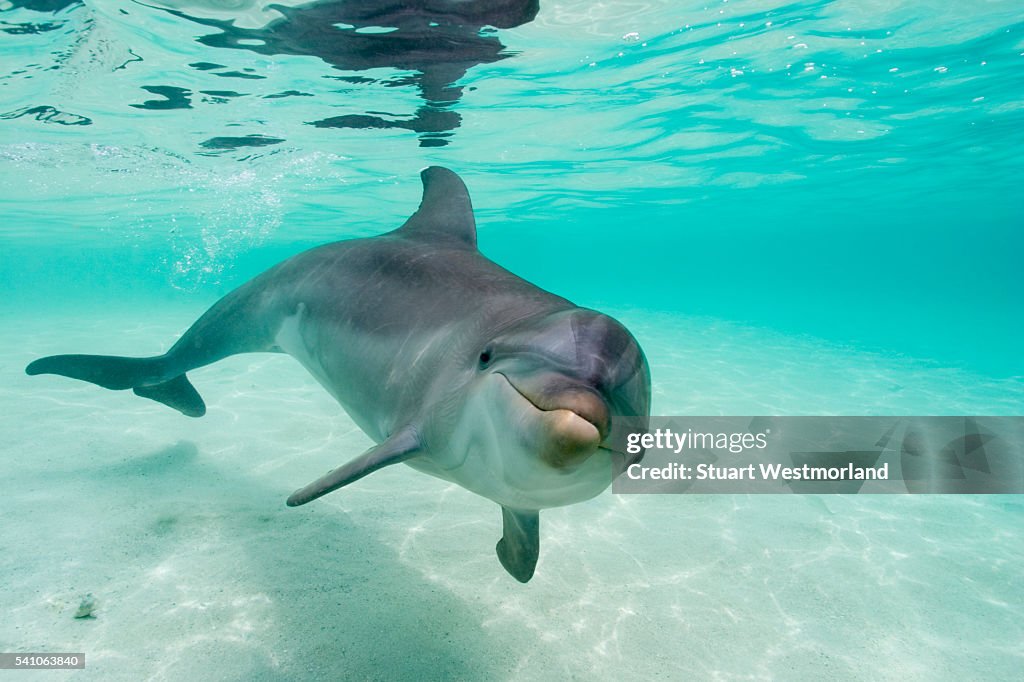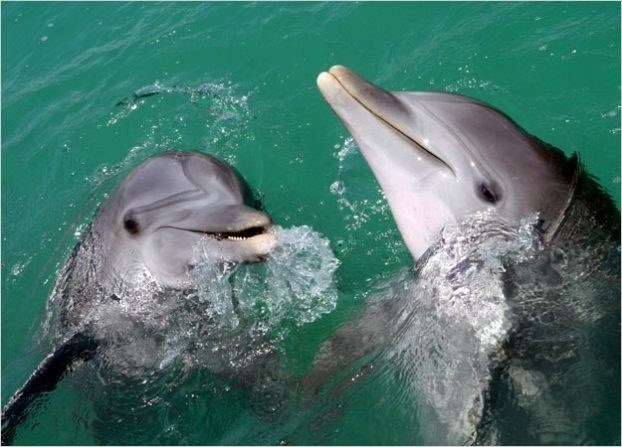Microplastics Found in Dolphin Breath
Numerous studies have increasingly highlighted the far-reaching impacts of plastic pollution on the environment, especially on human health and marine life. A recent groundbreaking discovery has sent shockwaves through the scientific community: researchers have found microplastics in the breath of wild dolphins in the United States, revealing a new dimension to the threat posed by plastic pollution to marine animals and humans.
Published in the journal PLOS One, the study involved collecting breath samples from bottlenose dolphins in two locations: the urbanized Sarasota Bay, Florida, and the Barataria Bay, Louisiana, a more rural area. Researchers used petri dishes or pulmonary function testing devices placed near the dolphins’ blowholes to collect breath samples. The results were alarming: microplastics were found in the breath of all 11 bottlenose dolphins sampled.

Illustration of a bottlenose dolphin. (Photo: Getty Images)
Further analysis revealed that the microplastics found were primarily fibers and fragments composed of polyethylene terephthalate (PET) and polyethylene (PE). These plastics are commonly used in textiles and packaging and are often found in wastewater.
Miranda Dziobak, a research member from the College of Charleston, stated, “Just like humans, dolphins may be inhaling microplastics, and this poses significant risks. Our analysis of breath samples clearly shows a difference between the types of particles dolphins ingest and those they inhale.”
Leslie Hart, a co-author and public health expert at the College of Charleston, added, “While inhalation of microplastics in humans is a relatively new field of study, there is limited research on wildlife. The fact that dolphins are larger animals with larger lung capacities and deeper breaths means they may be exposed to much higher doses of microplastics than humans.”
The discovery of microplastics in dolphin breath is a stark reminder of the global scale of plastic pollution. Plastic particles carried by ocean currents can be dispersed by wind and travel to remote areas, exposing marine animals to pollution in places previously thought to be untouched.
Without strong control measures, the increasing prevalence of plastic pollution will continue to spread, potentially causing long-term negative impacts on ecosystems and human health.
Source: The Guardian








